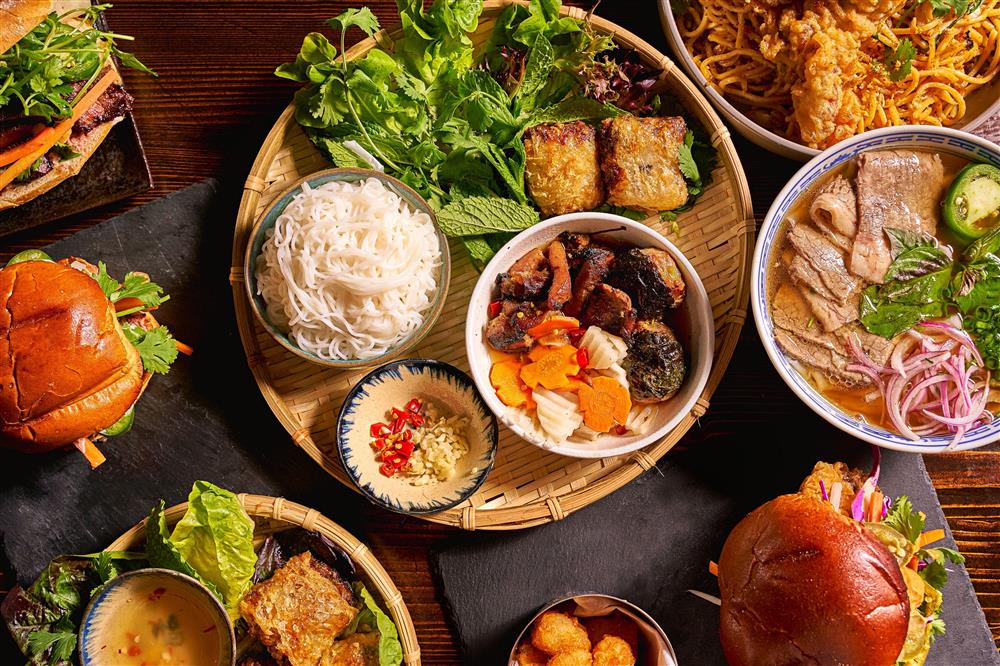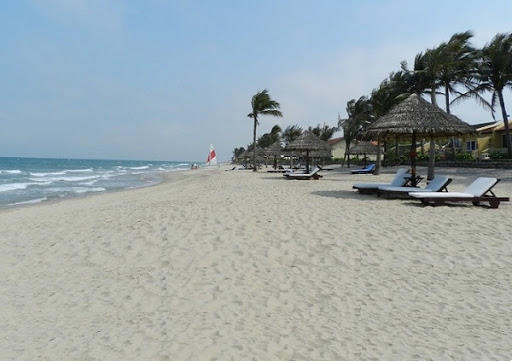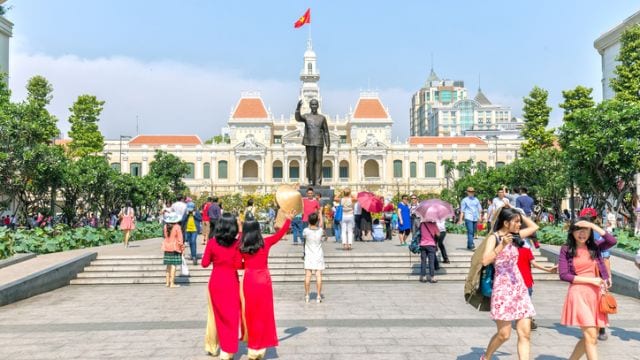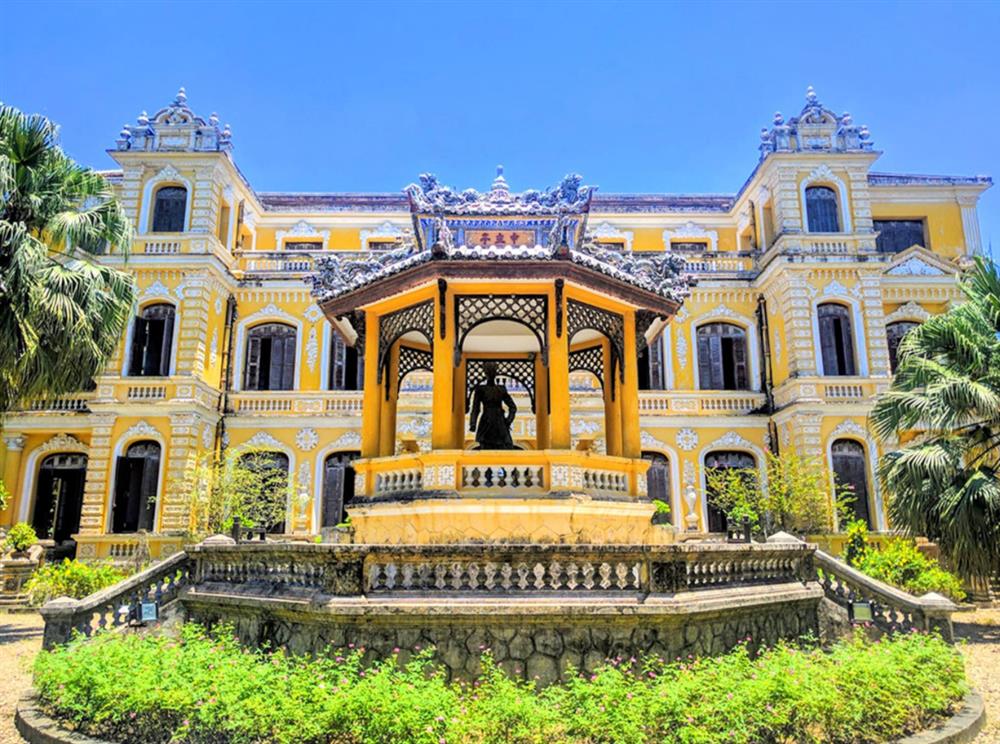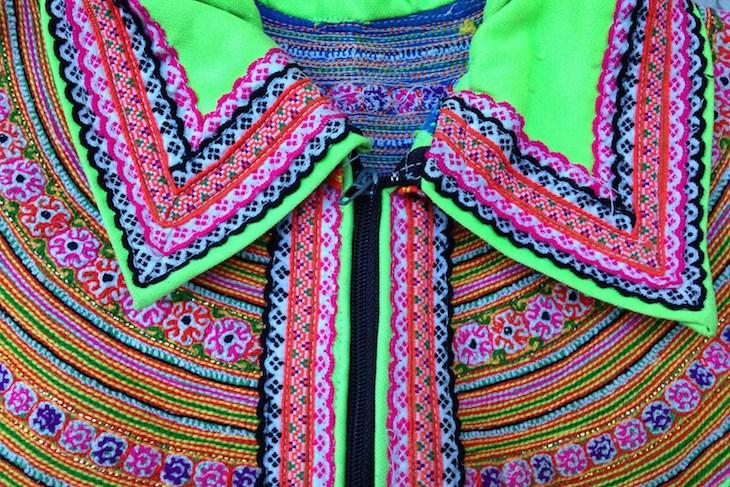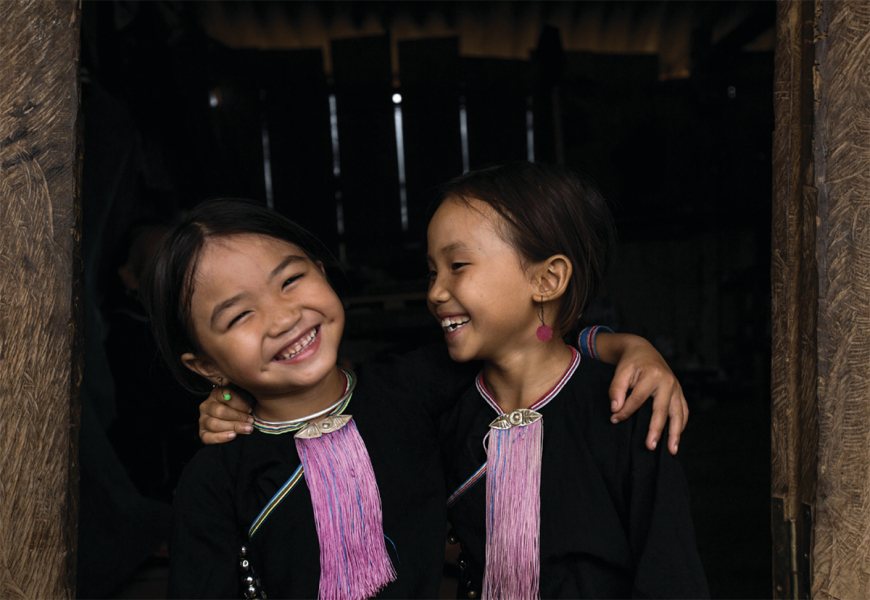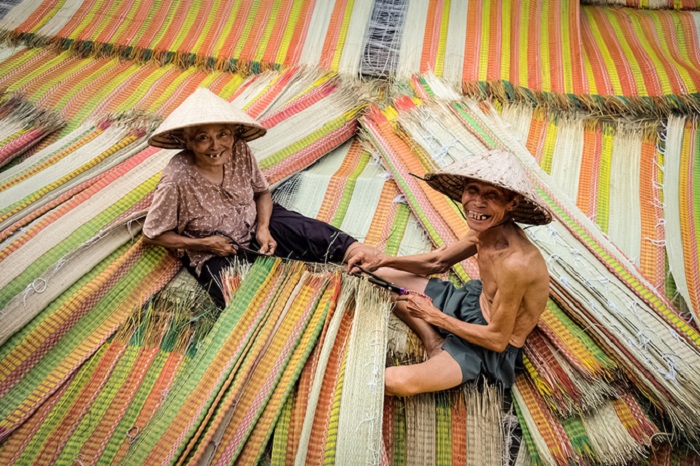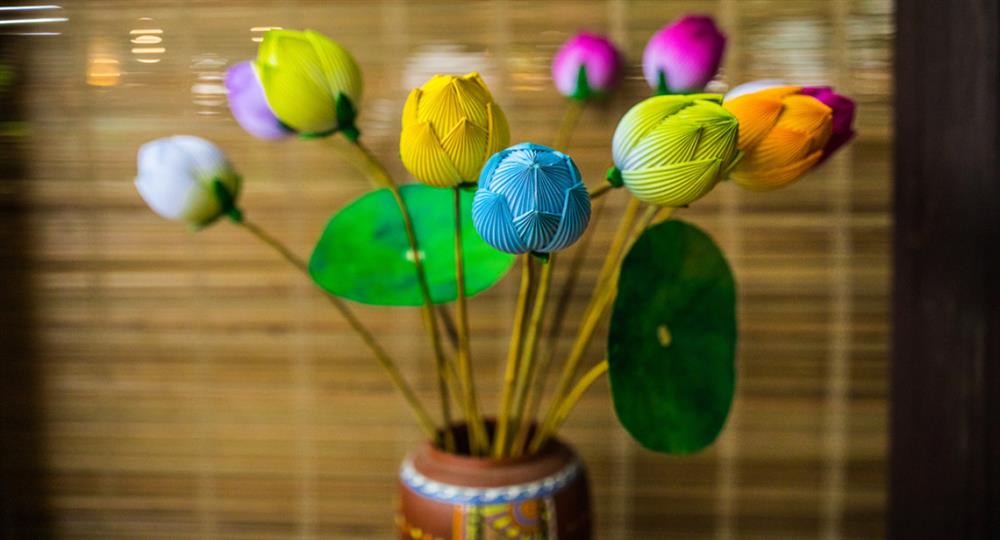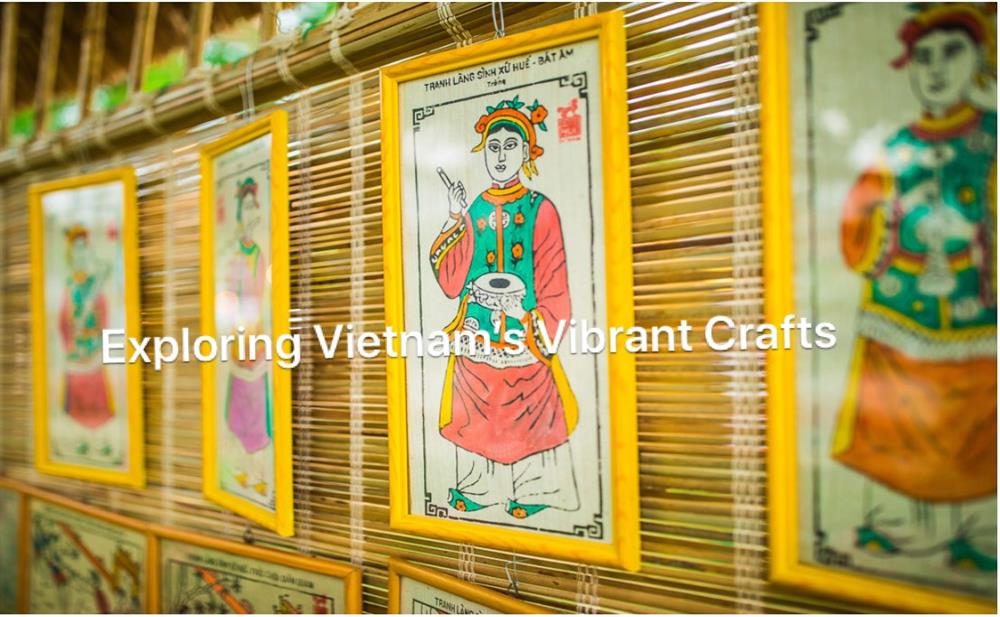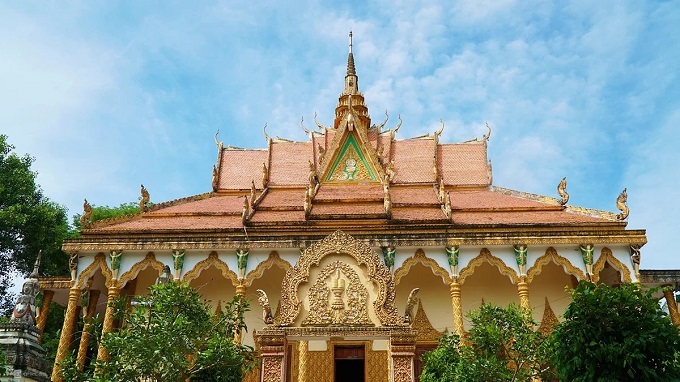In Vietnam, every morning, it is easy to spot people enjoying coffee in sidewalk shops. Coffee in Vietnam is to be enjoyed slowly in order to savor its taste. The most popular coffee drinks are: ca phe den da (coffee, ice, and sugar) and ca phe sua da (coffee with condensed milk and ice). In some regions, when the weather gets colder in autumn and winter, ca phe den nong (hot black coffee, often enjoyed with sugar) or ca phe sua nong (hot coffee with condensed milk) are among the favorite choices.
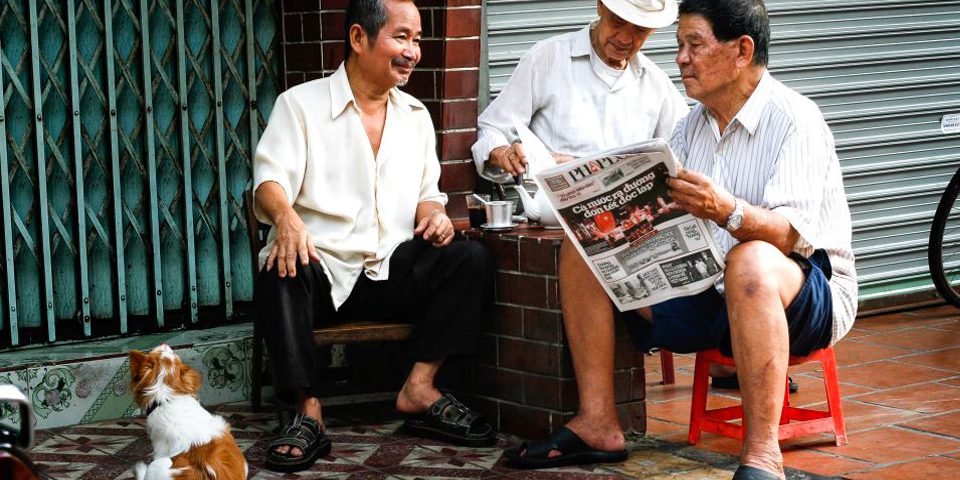
The cup filter used to make coffee in Vietnam has a specific design. It has a double filter system, which slows down the brewing process and gives the coffee its distinctive thick texture as it drips down the cup below. The most dominant type of beans used in Vietnam is Robusta beans. It has a bitter and rubbery burned taste. Vietnamese people love drinking thick, strong and bitter coffee. Therefore, Robusta beans have everything they need for that “perfect” cup of coffee.
In western countries, people consider coffee a source of caffeine. It is a different story in Vietnam. Coffee drinking is a way of life. That’s why coffee is to be savored slowly. Morning coffee is a must to many people in Vietnam. So much so that some people are willing to leave their house early just to get an extra hour for a cup of coffee before work. They can enjoy by themselves or with others.
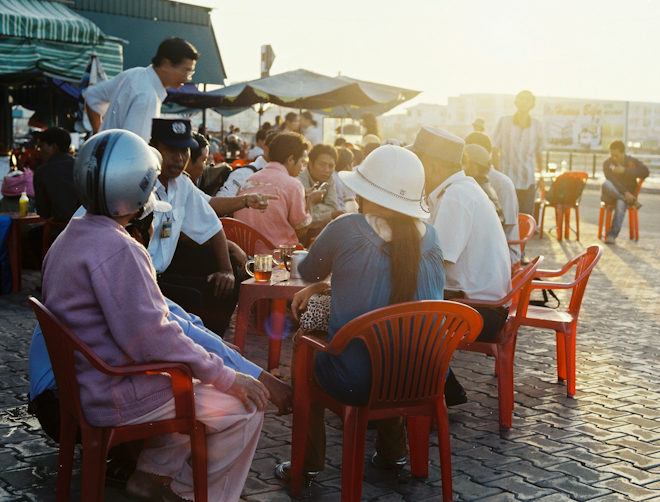
In the 1950s, places that served coffee were on sidewalks and small local shops. People used to make coffee by boiling it in water, then sift it through a cloth instead of using the cup filter like today. Over time, the need for a place to have private conversations increases. Vietnamese coffee brands like Trung Nguyen or Highlands started the first wave of the coffee culture offering private space. Since then, people have gradually started to enjoy coffee indoor with friends, family or colleagues.
Nowadays, “going to the coffee shop” is an invitation for a gathering. It does not always mean going to the shop just to drink coffee. Catching this trend, places like The Coffee House, Starbucks, and other international brands started to launch their businesses in Vietnam – it started the second wave of Vietnamese coffee culture. Since 2000, coffee drinks in Vietnam have been diverse in several variations: ice blends, smoothie, and even “machines coffee.”
From the 2010s, the Arabica bean has introduced the third wave of coffee culture which centers around specialty coffee. Arabica coffee has a light, floral or fruity taste and possesses an irresistible aroma which is different from the Robusta bean. It’s suitable for people with a milder preference. Also, Baristas started to promote more ways of making coffee. Till now, some of the methods still remain foreign to most Vietnamese. But is it important? The answer might be “No” because for domestic and international coffee lovers, Vietnamese coffee and its diverse coffee culture are what make drinking coffee in Vietnam a great experience.
Nguồn: Internet








